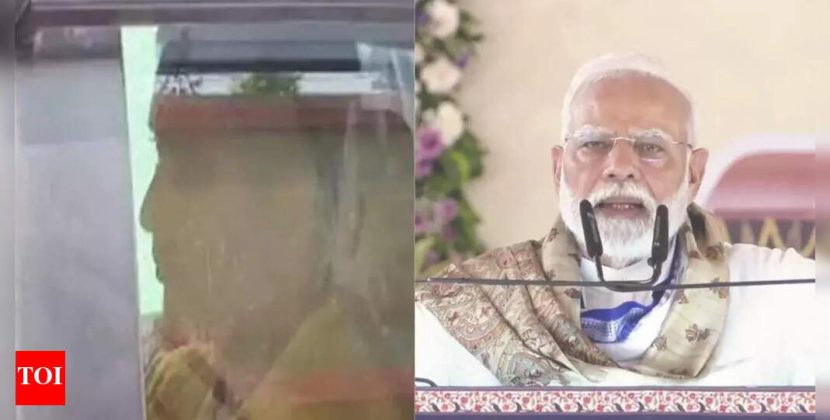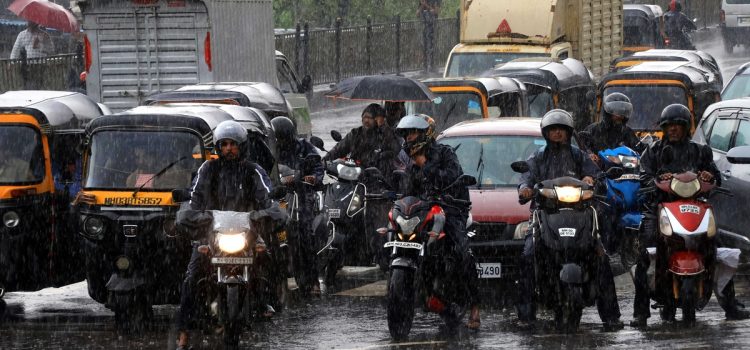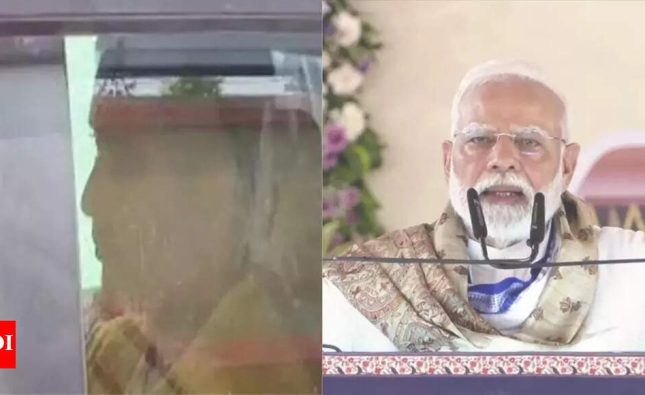
States of Goa, Kerala and Assam are increasingly making the most of monsoon with several offerings to attract tourists in what has traditionally been known as ‘off-season’.
Goa tourism minister Rohan Khaunte recently announced promotion of alternative experiences that showcase ‘Goa beyond beaches’. The tourism department has launched monsoon campaign #GlowOnArrival as a season of rest, renewal and reconnection. From June to September, the state celebrates festivals and events like São João and Chikhal Kalo, which promote gastronomy, experiences and adventures like nature treks, plantation visits, and immersive village tourism.
Promoting Kerala as a year-round destination, the state tourism department is continuing multi-pronged efforts to encourage more family travellers, particularly from north India. The tourism department has launched a campaign ‘Hello Zindagi’ to highlight serene backwaters and wellness retreats, cultural immersions and holidays for kids and parents.
“Goa is steadily reshaping the narrative around monsoon tourism with monsoon months now emerging as a time for rich cultural experiences and meaningful travel. This evolving perception is reflected in the steady rise in tourist footfall during the rainy months,” Kedar Naik, director of tourism, Government of Goa, told FE.
Goa tourist arrival data also show a marked increase in the monsoon months. June 2023 recorded 6,35,768 visitors, while June 2024 saw 7,78,268; July 2023 welcomed 5,45,760 tourists, rising to 6,51,200 in July 2024; in August 2023, arrivals stood at 6,22,072, growing to 7,30,197 in August 2024.
PA Mohamed Riyas, minister for public works department & tourism, Government of Kerala, told FE, “This year, our focus is on responsible and experiential tourism, showcasing monsoon as a distinctive travel season. The focus is on ayurveda, nature-based experiences and sustained efforts across international trade fairs, roadshows, and digital campaigns to position Kerala as an all-season experiential destination. Kerala will be promoted as a premier destination for destination weddings and well-equipped hospitality infrastructure. We do expect higher footfalls, both domestic and international, this year especially during the monsoon season.”
Data shows around 7.38 lakh foreign tourists visited Kerala in 2024, which is significantly lower from 11.9 lakh in 2019, while domestic tourists spiked in 2024 with 2.22 crore as compared to 1.84 crore in 2019.
Kerala aims to revitalise its hospitality industry hit by last year’s landslides in Wayanad and push tourism with campaigns like ‘Revisit Wayanad’ to restore the reputation of the hill district as a premiere tourist destination. Wayanad tourism organisation is organising its 12th monsoon carnival – Splash 2025 – from July 11 to 14 this year.
“Monsoon tourism remains a complex but resilient segment of the travel industry,” said Ravi Gosain, president, Indian association of tour operators (IATO), the apex body of tour operators in India. “There is increasing interest in regions like Kerala, Goa, and the Western Ghats, which offer rich monsoon appeal coupled with robust infrastructure,” he added.
As per Rikant Pittie, CEO & co-founder, EaseMyTrip, “There’s a noticeable rise in demand for specific monsoon destinations this year compared to 2024, driven by a combination of price accessibility and experiential offerings. Cultural events like the Malabar River Festival and Alappuzha boat races in Kerala are elevating the region’s appeal, especially among experiential and cultural tourists. Coorg in Karnataka has seen steady growth with intimate nature experiences—like Dubare Elephant Camp—continuing to attract families and solo travellers. Lonavala and the Western Ghats are seeing surging interest, particularly from Mumbai and Pune, combined with the rise of boutique wellness retreats.”
Thomas Cook said there is a strong increase in demand this monsoon season compared to last year. “New-age travellers are interested in offbeat nature experiences like biking trips, hiking, rafting, waterfall rappelling/trekking. Monsoon locations in demand are Ooty, Coorg, Wayanad, Coonoor and Munnar; Western Ghats and coastal belt, Kerala, Andamans, Ladakh, Northeast India and Sri Lanka. Additionally, the reopening of key tourist locales in Kashmir is creating interest among Indians,” said Rajeev Kale – president & country head, holidays, MICE, visa, Thomas Cook (India).
The annual ‘Ambubachi Mela’ at Kamakhya temple in Guwahati, is expected to get footfalls of around 10 lakh devotees this year as compared to 7.5 lakh last year. The religious event held every year in June coincides with the monsoon season. “We are now promoting Assam as a wellness, MICE and weddings destination not just in monsoon but other seasons as well,” said Padmapani Bora, secretary, tourism department, Assam.
“The rise in footfall in monsoon for the mela is a healthy sign. We are also blessed with tourism products like Kamakhya temple that gets a year-round footfall. But Guwahati is now gearing up for a luxury boom with 11 five-star hotels in the pipeline aimed to boost tourism and hospitality, an initiative spurred by the Advantage Assam 2.0 summit and Rs 500-crore investment,” Bora told FE.
In 2024-25, Assam received over 85 lakh domestic and 27,000 foreign tourist arrivals. To promote the state as a year-round tourism destination, the Assam government has joined hands with online ticketing platform BookMyShow to organise national and international musical concerts, reimagining the state as a vibrant hub for global entertainment.










